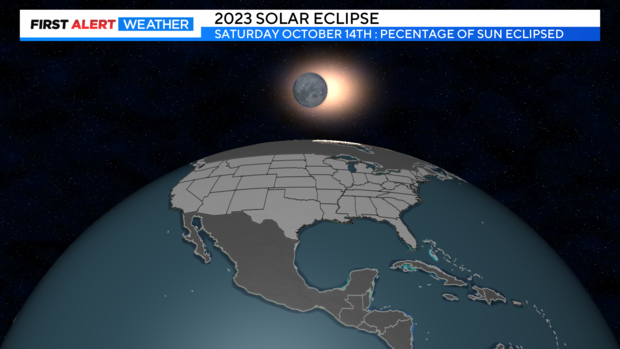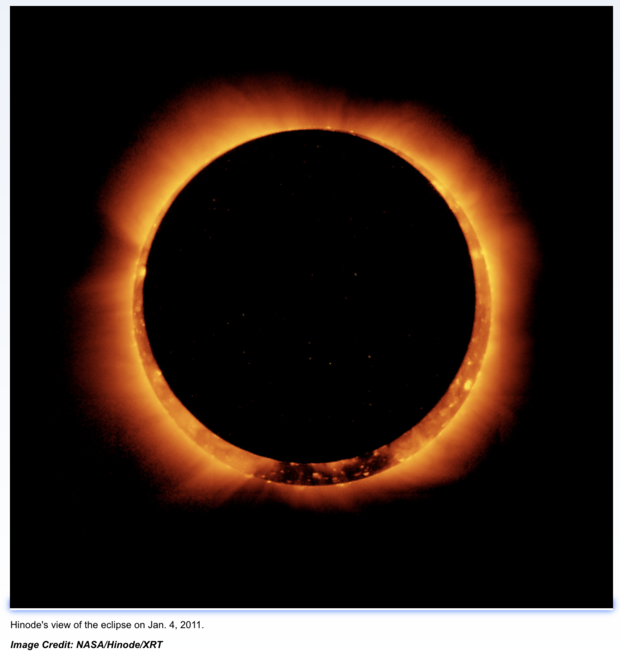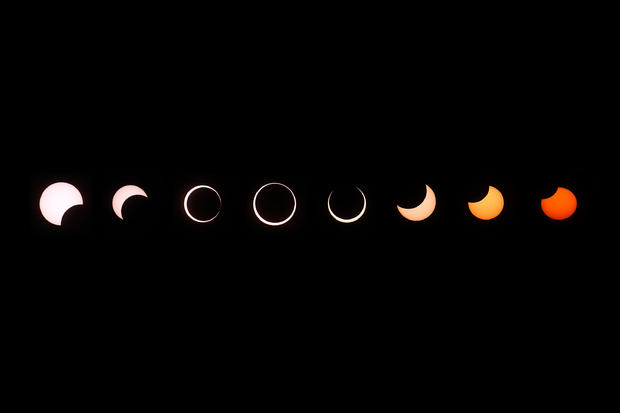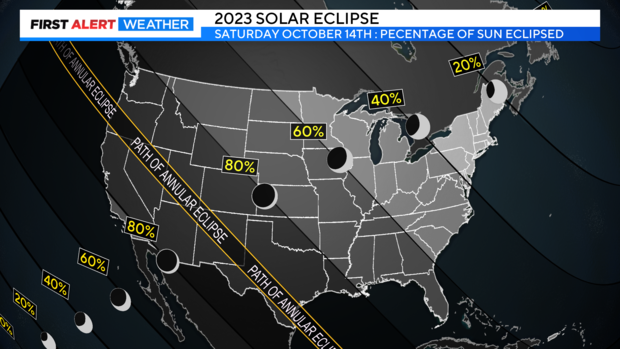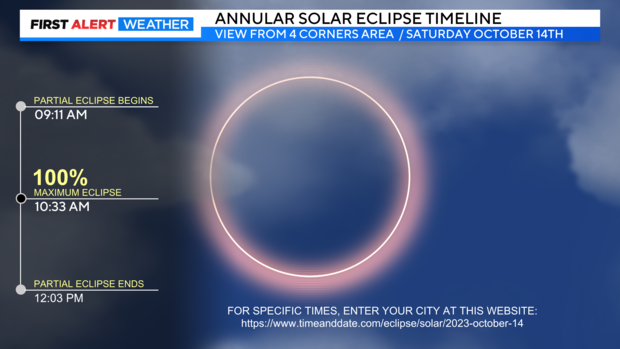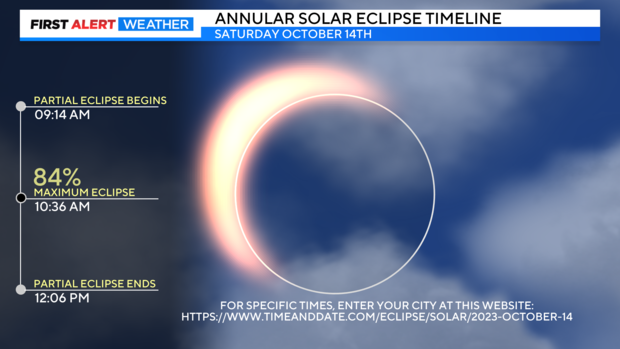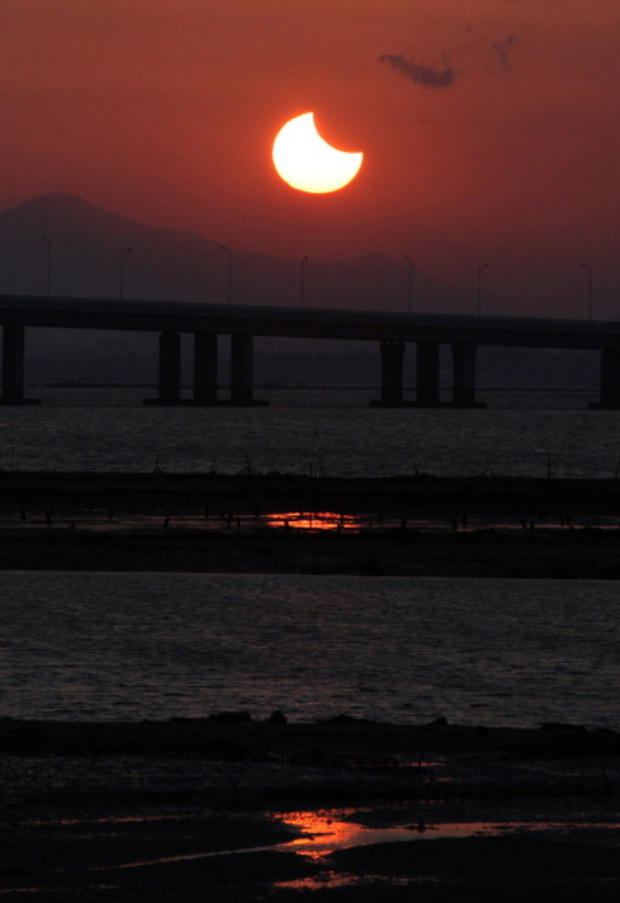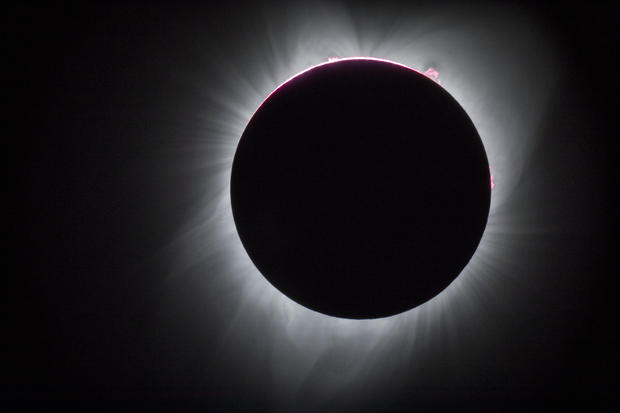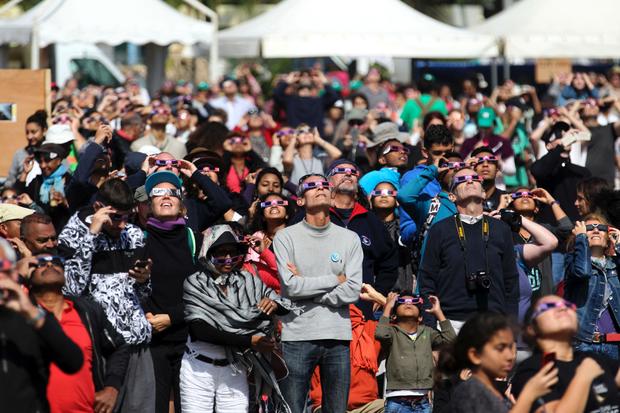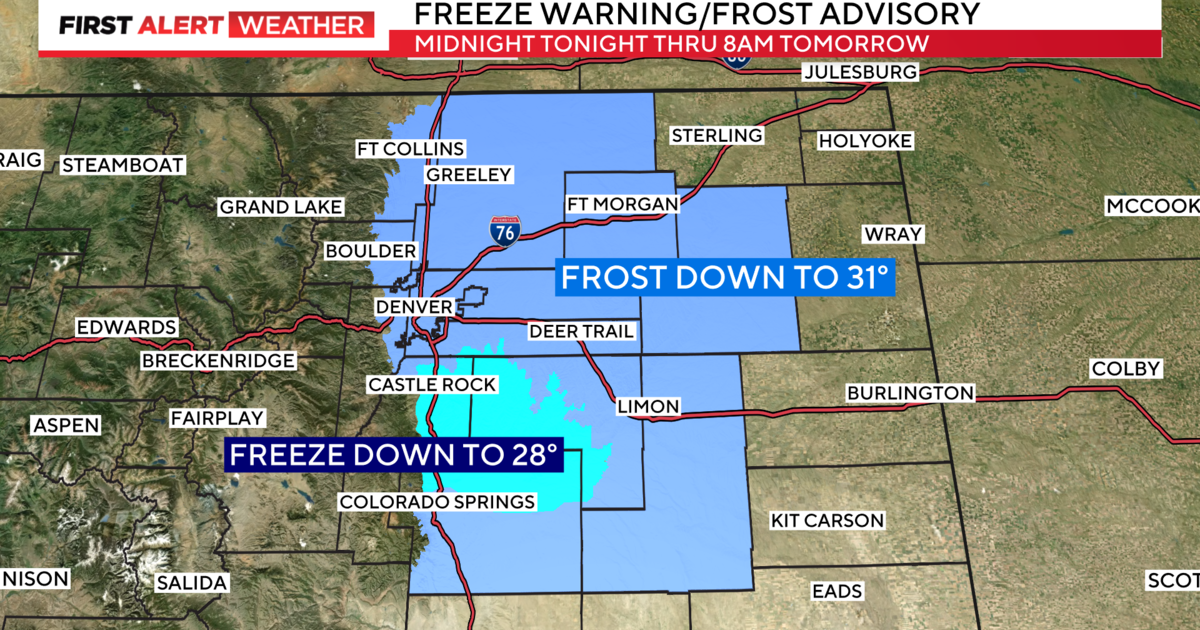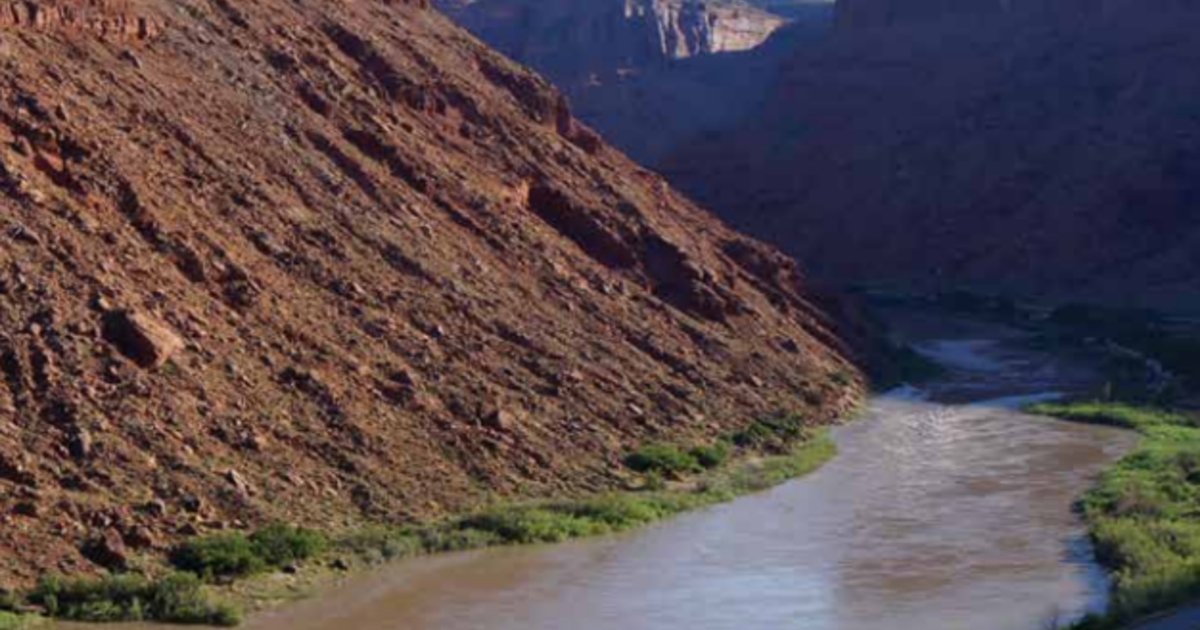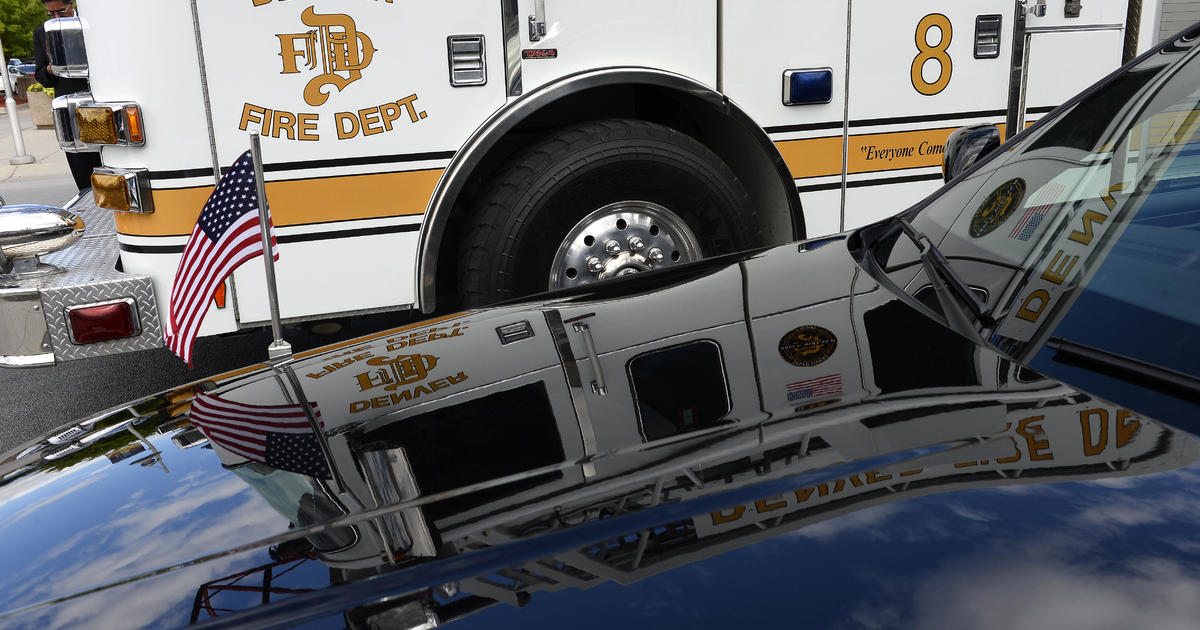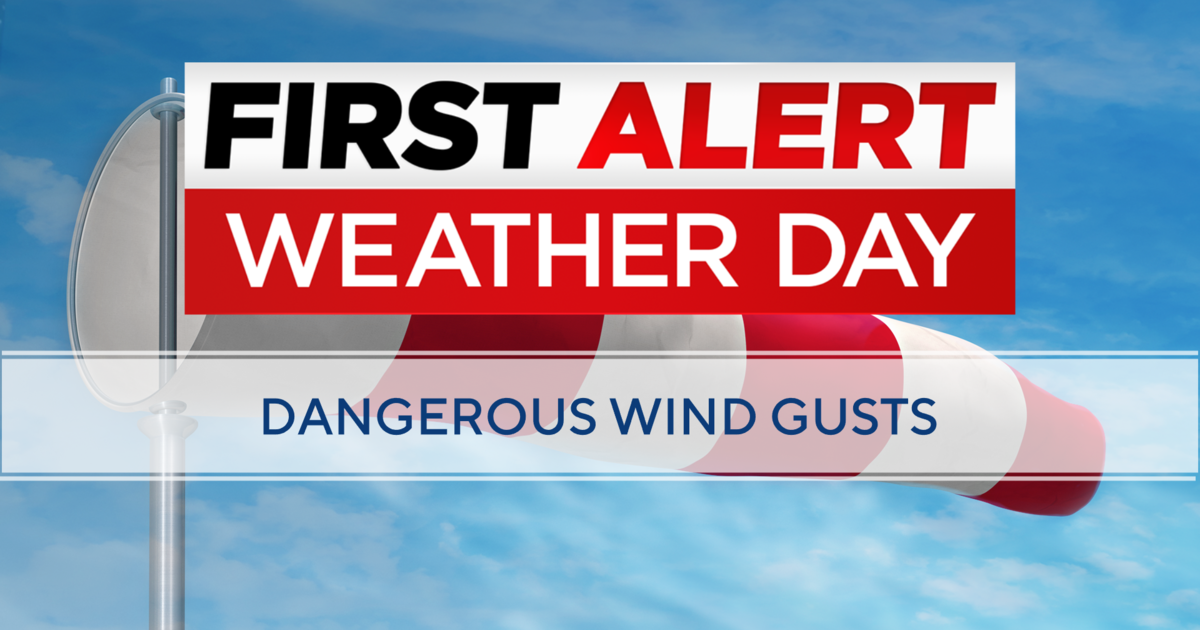Saturday's annular solar eclipse will be coming to parts of Colorado
A rare celestial sight over Colorado is coming up on Saturday, October 14th. It's the first eclipse visible in Colorado in the last six years. This time around it is an Annular Solar Eclipse not a Total Solar Eclipse.
This creates the "Ring of Fire" effect in a solar eclipse.
An annular solar eclipse happens when the Moon passes between the Sun and Earth, but when it is at or near its farthest point from Earth. And the Sun, Moon and Earth are totally lined up. As a result, the moon will cover a little less real estate. As a result, the moon doesn't fully cover the Sun. So what you have is a dark disk on top of the larger, bright disk. That creates the ring around the moon.
The only issue this time around ,If you live in Colorado, is you may have to take a drive to the Four Corners area to get a look at the full eclipse. The path runs from Albuquerque up into southern Oregon.
The October Eclipse will be on Saturday the 14th. Starting at 9:11am. Reaching totality over southwestern Colorado at 10:33 am.
In the Denver metro area it will be what is called a "Partial Solar Eclipse". This means the Sun, Moon and Earth are not totally lined up, like they will be over the Four Corners area. So in Denver the view will be about 84 % totality at 10:36 am. Starting off at 9:14 am.
Only a part of the Sun will appear to be covered, giving it a crescent shape. During a total or annular solar eclipse, people outside the area covered by the Moon's inner shadow see a partial solar eclipse.
A total solar eclipse happens when the moon completely blocks the face of the Sun and when the moon is closer to the Earth or closer to perigee.
The sky can darken as if it were dawn or dusk and the Sun's corona is visible. The next total solar eclipse in the U.S. will be on April 8th, 2024. Most of our home state will miss out on seeing next year eclipse at 100 percent. Only about 60 to 70 % coverage is expected. You might have to drive to Dallas to see get the full 100 percent event.
Be safe! It is never safe to look directly at the sun's rays – even if the sun is partly obscured. When watching a partial eclipse you must wear eclipse glasses at all times if you want to face the sun, or use an alternate indirect method.
